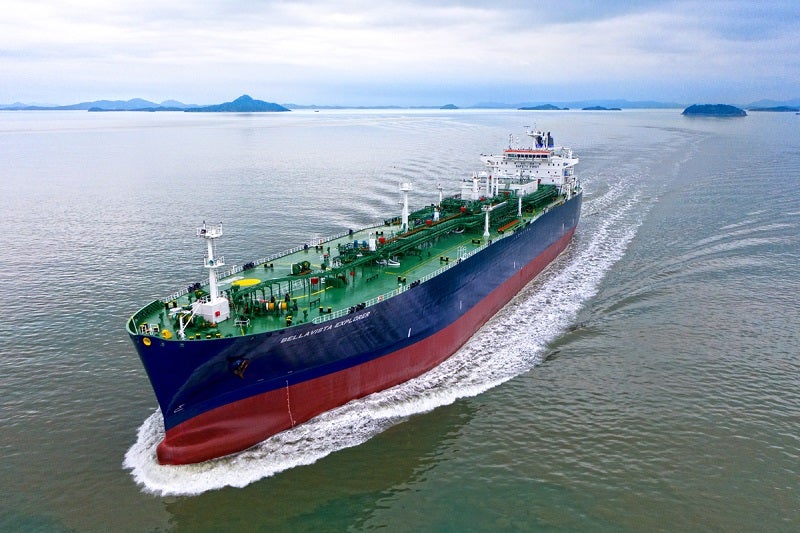
Hyundai Samho Heavy Industries (HSHI), a subsidiary of Hyundai Heavy Industries (HHI), has completed the delivery of a liquefied petroleum gas (LPG) carrier, named Bellavista Explorer, which features a dual-fuel propulsion system.
Ordered by China-based Bank of Communications Finance Leasing, the vessel is said to be the world’s largest carrier of its type.
With a length of 229.98m, width of 36.6m and height of 23.6m, the carrier is loaded with an LPG fuel tank which will support operations of nearly 31,700km when full.
The cargo tank has a capacity of 90,000m³.
The Bellavista Explorer’s dual-fuel propulsion system has the ability to utilise LPG or diesel fuel on a selective basis.
HSHI claims that this eco-friendly vessel can minimise sulphur oxides (SOx) and fine dust by 90%, nitrogen oxides (NOx) by 50% and greenhouse gas emissions by 20%.

US Tariffs are shifting - will you react or anticipate?
Don’t let policy changes catch you off guard. Stay proactive with real-time data and expert analysis.
By GlobalDataWith the increase in its production, LPG is emerging as a ‘next-generation’ ship fuel, noted the company.
Last week, Belgium-based tanker firm Euronav, in collaboration with HHI and classification societies Lloyd’s Register and DNV, launched a joint development programme (JDP) for dual-fuel ammonia-powered tankers.
With an initial term of three years, the JDP aims to speed up the development of dual-fuel Ammonia (NH₃) fitted on board very large crude carrier (VLCC) and Suezmax ships.
The initiative aims to ensure that Euronav and its partners have control as well as flexibility in regard to the construction of upcoming specifications for new crude tankers.
It also aims to address emission reduction challenges.



